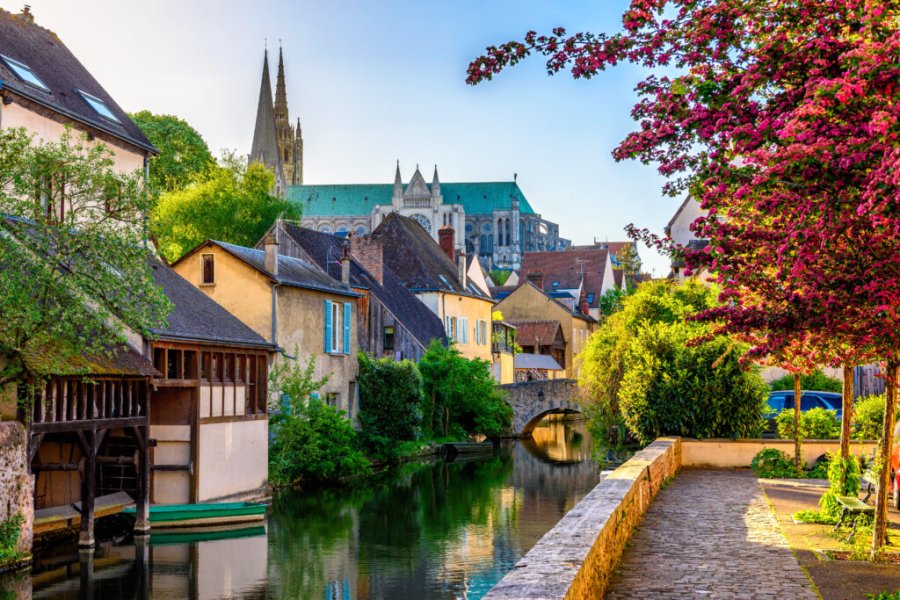Travel Guide Khami Ruins
Find an accommodation
Advertising
If Zimbabwe counts a multitude of ruins more or less well preserved, those of Khami are nevertheless among the most beautiful and are registered as world heritage by UNESCO. Located in the valley of the same name, they cover 40 hectares and are the second most important ruins of the country after those of the exceptional site of Great Zimbabwe. The walls and platforms that only remain today were probably built between the 15th and 17th centuries by the Torwa dynasty, a sub-group that was formed after the fall of the Great Zimbabwe empire. The architectural techniques used were indeed the same as those of the southeastern kingdom, particularly in the choice of decorative motifs and the way in which the stones were stacked. As in Great Zimbabwe, the king of Khami lived in the highest enclosure, built on top of a hill. His residence was surrounded by the richest and most powerful families of the kingdom whose huts, built on earthen platforms, were also protected by stone structures. Much lower down and well away were the dwellings of the common people. At that time, ornamentation must have been numerous: drawings decorated the facades of the earthen houses and the utilitarian or ritual objects themselves were covered with various colored patterns. The capital of Khami, however, had a shorter reign than that of the empire of Great Zimbabwe. At the end of the seventeenth century, the Torwa state was effectively annexed by the Rozwi state and the city burned to the ground. However, its remains were used for many years as a religious and spiritual center by Lobengula. The great Ndebele chief was very attached to this place, where he performed his ritual ceremonies, but he never revealed its existence. It was not until his death in 1893 that Europeans discovered the city, which was classified as a historical monument and opened to the general public many decades later.The Hill Complex ruins are the most sophisticated and best preserved. They are located at the northern end of the site and include the royal enclosure, numerous low stone walls, and platforms used to support huts. Nearby is a strange Dominican cross, obviously unrelated to the Torwa state, and probably erected by members of a Portuguese Catholic mission. Further south, other smaller complexes contain some interesting sights: vlei platforms (probably used as cattle kraals), a mujejeje (a stone that makes a sound when struck), and tsoro games carved in stone (a rather complicated game still played in Zimbabwe, part of the mancala games played throughout Africa). Precipice Platform (the platform above the precipice) is particularly worth a visit for its size (70 m long and 6 m high) and the beautiful decorations of the wall that supports it. A small museum provides some information on the history of Khami and a tourist brochure is sold at the counter. The site is open every day from 8 am to 5 pm.The ruins of Khami are located 20 km west of Bulawayo and are well signposted from Eleventh Avenue. There is no public transportation to the site.
Suggested addresses Khami Ruins
Weather at the moment
Advertising
Organize your trip with our partners Khami Ruins
Transportation
Book your plane tickets
Car Rental
Boat rental
Accommodation & stays
Find a hotel
Holiday rental
Find your campsite
Tailor-made trip
Immersion travel
Services / On site
Activities & visits
Find a doctor
Find unique Stay Offers with our Partners
Other destinations nearby Khami Ruins
25 km away



